Team Members
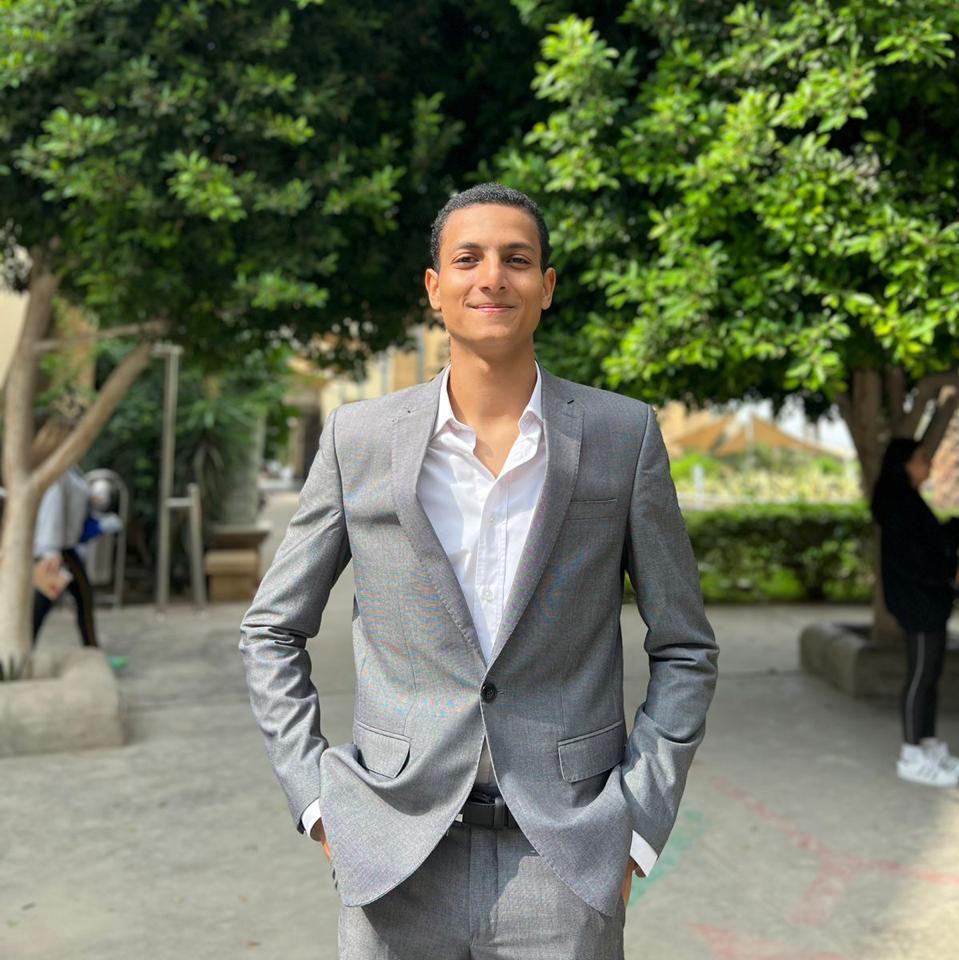
Ahmed Sameh Ghourab
Team Leader

Mario Shady Samaan
Team Member
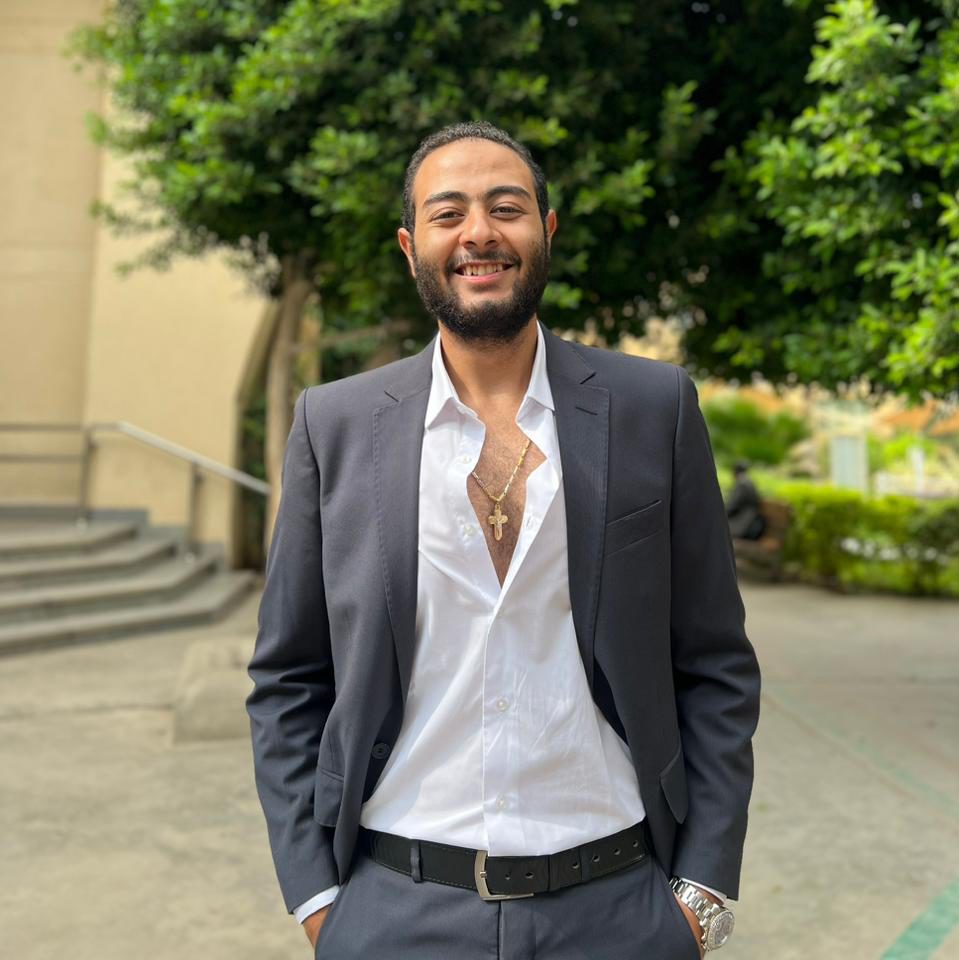
Helmy Magdy Attalla
Team Member
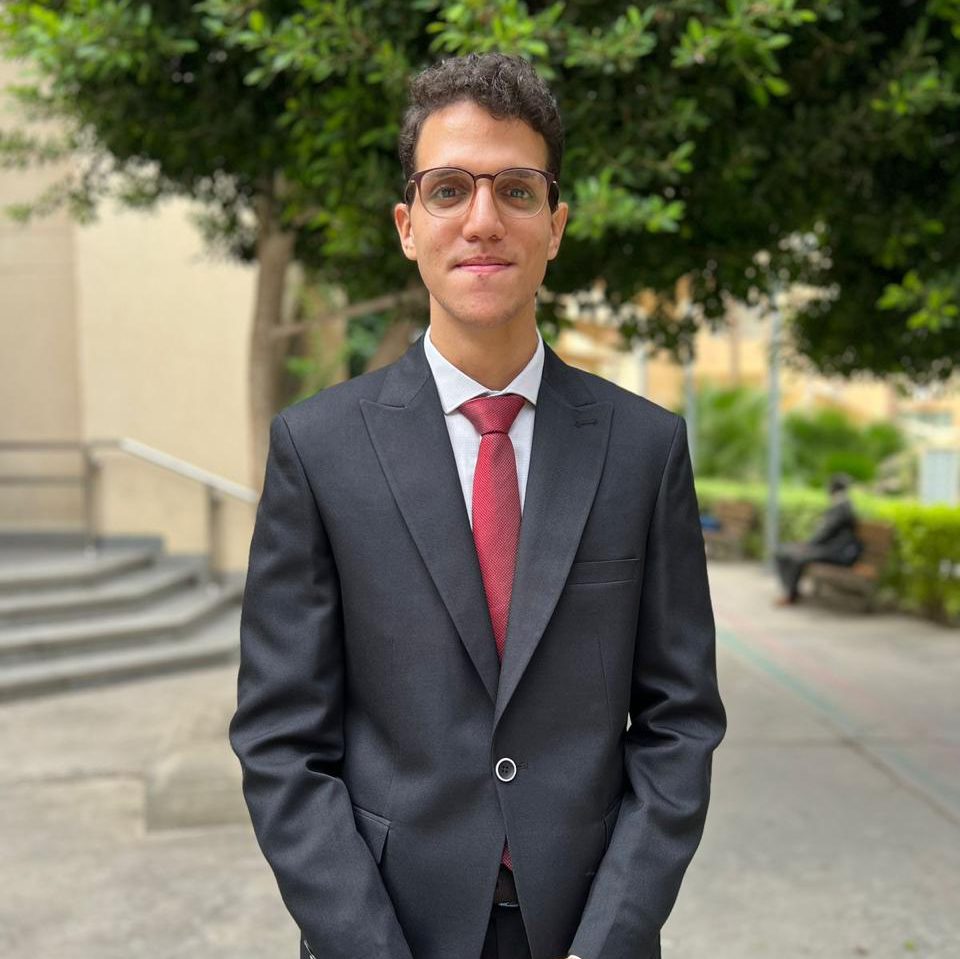
Hady Wael Kamal
Team Member
Supervisors
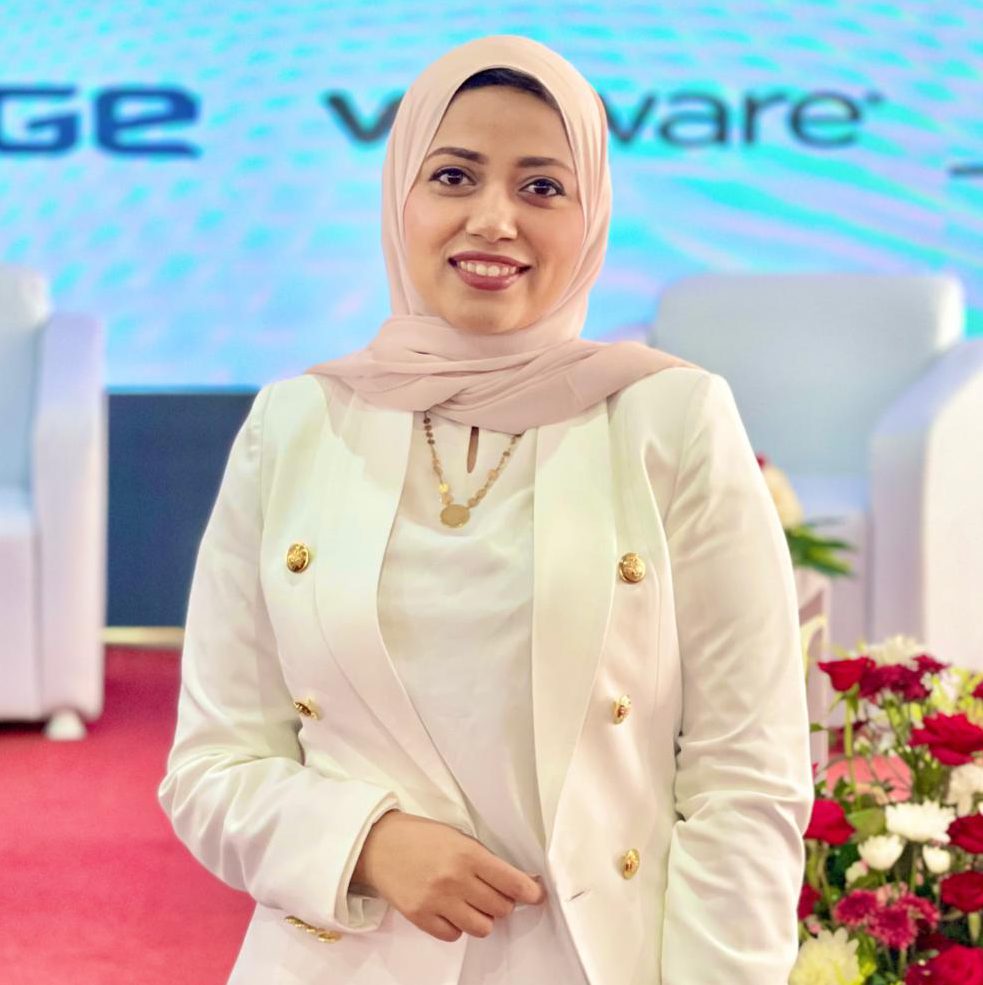
Dr. Shereen Essam Elbohy
Assistant Lecturer
Abstract
Electroencephalography (EEG) is a method of recording brain activity. During this non-painful examination, tiny sensors are placed on the scalp in order to recognize electrical impulses generated by the brain. A Headset records these signals, which are then analyzed by a physician. The capacity to type using direct brain control, which enhances the decoding accuracy of EEG signals for the range of brain functions, is one of the most exciting and contentious EEG-based BCI applications. BCI (Brain-Computer Interface) makes possible the translation of thought to text. A fresh and growing field The electroencephalogram (EEG) represents electrical activity at the surface of the brain.
System Objectives
• Detect the brain signals with different frequencies.
• Evaluate the method using our sampled dataset.
• Develop a feature adaption approach for mapping the stacked data to a correlated new feature
space that can integrate temporal and spatial elements and highlight valuable information.
• The proposed approach uses Gradient Boosting, KNN and SVM classifier to recognize the
intent.
• Provide an easy-to-use user interface for those with special needs.
• Provide a hybrid deep learning model for decoding raw EEG data in order to translate the
user’s thinking into text.
System Scope
1-Electroencephalography (EEG) is a useful method for acquiring brain signals related to various states from the scalp surface.
2- We provide Brain-Computer Interfaces that use a hierarchical method for feature extraction based on deep learning.
3- Collecting data using an EEG Headset and commencing data processing in order to reduce discrepancies and duplicates.
4- Develop a mobile application for people with special needs that has an easy user interface.
5- The mobile application of EEG-based BCI makes direct brain control typing possible.
6- The objective is to construct a brain writing system by improving the decoding precision of EEG data.
7- Using features produced from a convolutional operation and temporal correlation via a recurrent neural network architecture.
8- build a unsupervised framework to be able to group upon 4 classes by clustering with Kmeans model.
Documents and Presentations
Proposal
You will find here the documents and presentation for our proposal.
Document
Presentation
SRS
You will find here the documents and presentation for our SRS.
Document
presentation
SDD
You will find here the documents and presentation for our SDD.
Document
presentation
Thesis
You will find here the documents and presentation for our Thesis
Document
Presentation
Accomplishments
Publications
Competitions
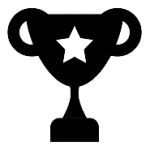
ISEIC (International Science and Engineering Innovations Competition)
Our team achieved a significant milestone by qualifying for the final stage of the ISEIC competition for our project, standing out among the 769 teams that applied and securing our place among the top 150 qualified teams. Afterwards, We entered the second stage in January and passed it. Among the 80 university teams that qualified at the level of All of Egypt, and we have qualified for the last stage that is being held at the Air Defense College itself in Alexandria.


